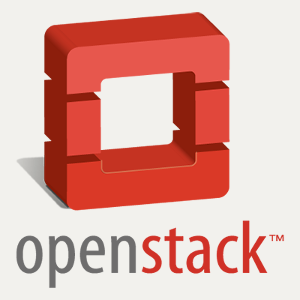 CLOUD
CLOUD
 CLOUD
CLOUD
 CLOUD
CLOUD
The massive open-source private cloud project OpenStack just put out another release today that’s designed to bring the features of public clouds such as Amazon Web Services to private data centers.
Once again in this 16th version, there’s a huge number of updates, but the main focus is on making OpenStack more modular, and hence more composable, so users can just take the features they want and plug them in easily. Most of the new capabilities are aimed at making OpenStack more manageable, flexible and scalable, the developers said.
For example, OpenStack now supports Nova Cells v2, which is a compute architecture designed to support large deployments that can be scaled up as necessary. New features in Nove Cells v2 include the ability to share deployments so the database and messaging queue can be scaled up more easily.
OpenStack Pike also supports Python 3.5, bearing in mind that Python 2 reaches end-of-life in 2020. This is important because OpenStack is written in the Python programming language, and its components all use Python application programming interfaces to plug into it.
Cinder, which is OpenStack’s block storage, has also been updated with a new “revert to snapshot” feature that allows users to recover from disasters such as data corruption, or simply to reset everything after running some tests. In addition, Cinder now allows the storage volumes to be extended without shutting down virtual machines first, so applications can stay online during this process.
Other new features include improvements made to OpenStack’s Kolla lifecycle management tool, which provides deployment tools for production-ready containers on OpenStack clouds. Meanwhile, Swift object storage now comes with globally distributed erasure codes that ensure individual regions can continue to function in the event that cross-region networks shut down. Finally , OpenStack Pike sees the addition of Zun, a containerized version of the OpenStack API that can be used to integrate the Kubernetes container orchestration platform with OpenStack.
All of these updates fit with OpenStack’s modular architecture, which means users can pick and choose the features they need and ignore the rest. This level of composability means that users only need to install the features they need for each particular job, making it much easier to get everything up and running.
“The features and upgrades that Pike brings are the lessons of experience you get from enabling thousands of public and private clouds, large and small, for seven-plus years,” Jonathan Bryce, the OpenStack Foundation’s executive director, said in a statement. “The rise of composable services and simpler consumption options are part of that maturation process. Our community is now focused on eliminating future technical debt as well as growing OpenStack’s capabilities to support ever-expanding use cases.”
OpenStack Pike will be available to download Aug. 30.
THANK YOU